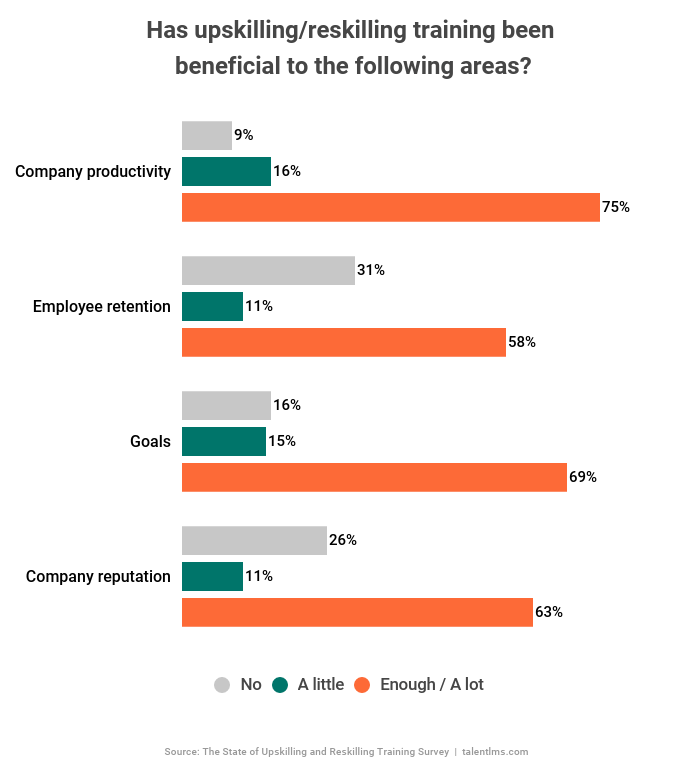The 70% rule of hiring: When ‘hired’ is better than ‘perfect’
As a hiring manager, one of the most important aspects of your job is to hire and onboard the right people for the company. After all, you have to make sure they can do the job well while being a good fit for the balanced office culture. What if you were told that the 70% Rule of hiring can help you get there faster?

Let’s start from the beginning: before you begin the interview process, it’s likely that you’ve created a list of must-haves and preferences you would like the right candidate to possess. Years in the industry and field experience are some of the common traits hiring managers often look for.
Unfortunately, there is rarely one individual who checks every single box the company prefers. In addition, spending hours upon hours interviewing many candidates is a waste of time. In fact, it’s an added burden on one’s work obligations. “Managers typically have their own job, and when they have an open position, technically may have two jobs,” says a senior advisor at SHRM.
“Managers typically have their own job, and when they have an open position, technically may have two jobs.” – SHRM senior advisor
By scheduling interview after interview in search of the one candidate that fits 100% of the criteria, companies are wasting time and money. Instead of waiting around hoping for that one perfect unicorn to apply, many companies are adopting the 70% Rule for hiring talented employees quickly and efficiently.
Based on the Marine Corps teachings, the 70% Rule says that: “You take action on any decision when you have 70% confidence in the success of the decision”. By using the 70% Rule, hiring managers can cut the time they spend evaluating candidates in half.
In addition, it gives room for talented trainers to bring those 70% employees up to the 100% level they need to be to achieve greatness in that role.
Here are the top benefits of using the 70% Rule of hiring when interviewing and recruiting new employees – we’ve done the research, so you don’t have to:
1. Grow your employees to their full potential
No matter what level of candidate you onboard, everyone needs some sort of training to acclimate to the new work environment – and more so in recent years. In fact, the 2020 Training Industry Report finds that the average number of training hours per employee increased from 42.2 hours to 102.6 hours between 2017 and 2020 for large companies. While training expenditures took a dip during the early part of the pandemic, it’s since bounced back – showing its value.
So, hiring managers might as well onboard professionals who meet 70%+ of their criteria and spend a little extra time training those new hires for company needs. Why not save the time you would spend interviewing hundreds of candidates and just bring on talented employees who will be perfect with a little bit of training?
Think about it. Would you prefer to waste hours of valuable company time sitting in interviews? Or would you rather hire candidates who meet 70% of your requirements and spend that saved time giving them valuable knowledge and experience in the actual job?
2. Motivate your employees to strive for excellence
When employees know that their hiring manager and company took a chance by hiring them, they are more likely to strive for excellence. Hiring someone who may not be immediately qualified, but could soon get there, is one of the best ways a company can develop employee loyalty. This is widely documented, including in a recent Deloitte report on what they title as “unleashing workforce potential.”
The report quotes: “In the 2021 Deloitte Global Human Capital Trends survey, executives identified ‘the ability of their people to adapt, reskill, and assume new roles’ as the top-ranked item to navigate future disruptions.”
Likewise, a joint survey by Workable, TalentLMS and Training Journal found that 75% of hiring managers, C-suiters and decision makers saw a benefit to company productivity when upskilling and reskilling their workers.
The emphasis on adapting and reskilling can also be an emphasis on providing new employees with a dedicated training mentor, which will foster a positive work climate while ensuring your new hires are adequately trained. In addition, it is proven that employees who receive attention from an advocating mentor are more likely to feel valued within the workplace.
Creating a sense of inclusion and support within your workplace culture is the perfect recipe to develop happy employees. As stated by the University of Oxford, “Happy workers are 13% more productive.”
Developing employees who are already 70% what your company is looking for will accelerate your efforts to develop a positive atmosphere.
3. Develop your employees to your specifications
Employees who are overqualified or fit 100% of your criteria likely have years of experience in their chosen field. Oftentimes, they come with a college degree and have been exposed to the training programs of a few companies.
As such, they are less likely to develop long-term company loyalty as they are more comfortable leaving workplaces after just a couple of years. Plus, as David Silverberg writes for BBC Worklife: “overqualified workers can develop negative attitudes, such as a sense of entitlement about their skills or resentment through boredom, that can ripple out to every cubicle in an office.”
Another potential scenario is that those “perfect fit” employees are potentially creatures of habit, in that they have succeeded for so long in their way of doing things – which makes it more challenging to onboard and adapt them to your company’s existing work processes.
There’s another possible challenge for employers and hiring managers – the “perfect” hire may inadvertently set high expectations for their managers who may think they don’t need to be managed since they already know how to do the job from day one.
While these aren’t necessarily the case for every overqualified employee, it still makes sense that with onboarding and training being natural experiences for a new employee, employers can take advantage of developing employees to be a stronger fit in their work processes to benefit everyone involved.
4. Save money and retain talent
Plus, there is quite a bit of research that suggests training fresh new hires with less experience may be less costly to the company overall. Statistically, employees who are in-house trained and given ample professional development opportunities are more likely to stay with that company.
Notably, employees value working for a company that invests in their education – there’s a clear link between professional development and job satisfaction. Again, 58% of respondents in the above-mentioned survey saw greater retention when upskilling/reskilling.
Budget-conscious companies also have the option of offering learning & development – which is growing in popularity with candidates – in place of a higher salary.
Hiring employees using the 70% Rule of hiring and providing them with professional development creates a win-win for employers and employees.
Put in 70% and reap the benefits
Today, we are currently living in an era referred to as the Great Resignation. That is, millions of employees are fleeing workplaces in demand of better working conditions. Shockingly, around four million Americans left their places of employment just about every month in the second half of 2022.
That number is projected to continue throughout 2022 as well. Employees are seeking job opportunities that align with the lifestyle they want to live. This includes holding a job that brings them a sense of connectedness and fulfillment.
Hiring employees who meet 70% of the requirements to perform the role of the job is a surefire way to save time and money. This method can have both a long-term and short-term positive impact on the company.
The short-term impact is that the hiring manager will save time by reducing the number of interviews they conduct while holding out for that 100% employee. On a related note, the long-term impact is that those 70% employees are more likely to stay, thrive, and excel as they receive professional development.
Ron Sharon is an IT executive and cybersecurity leader leveraging 17+ years of experience translating business requirements to deliver innovative solutions and mitigating risk. Sharon was named Vice President of Information Security for Mercer Advisors in 2021 and is happily married with one wonderful daughter.




